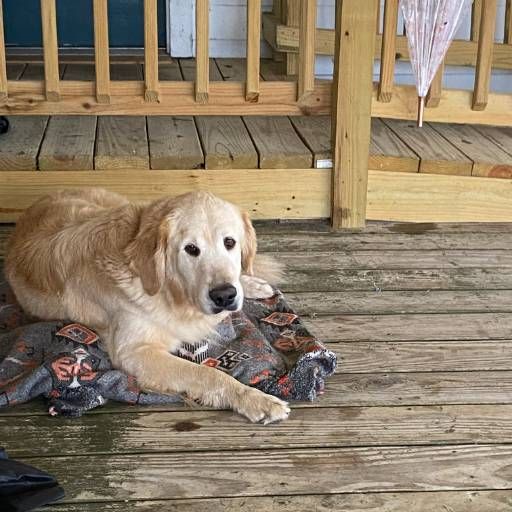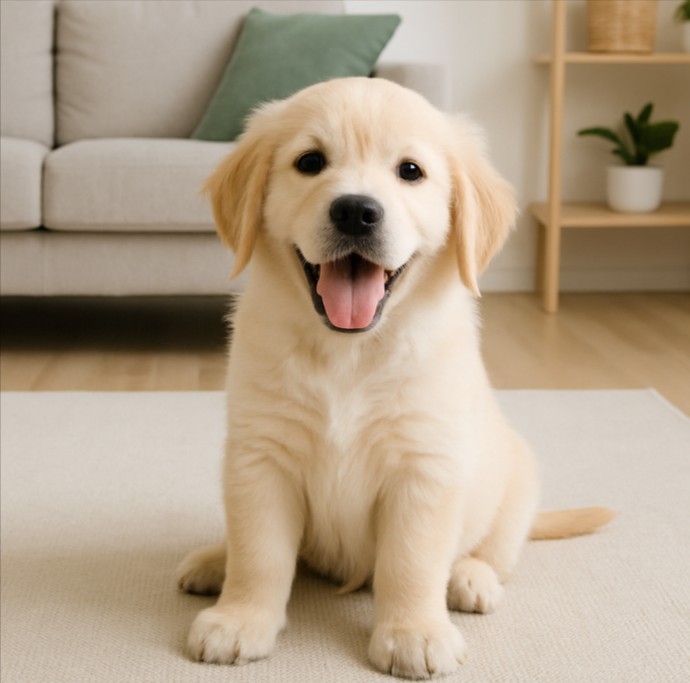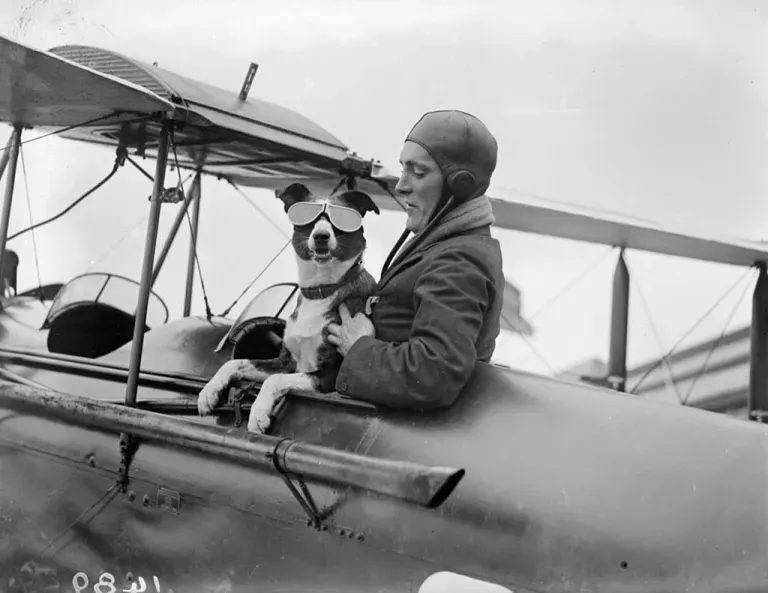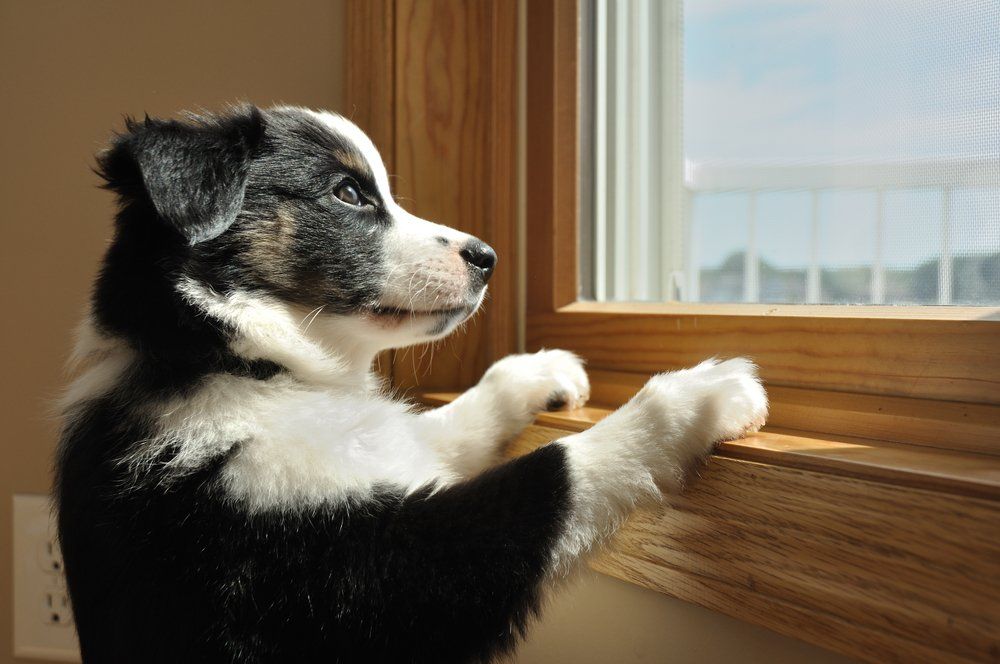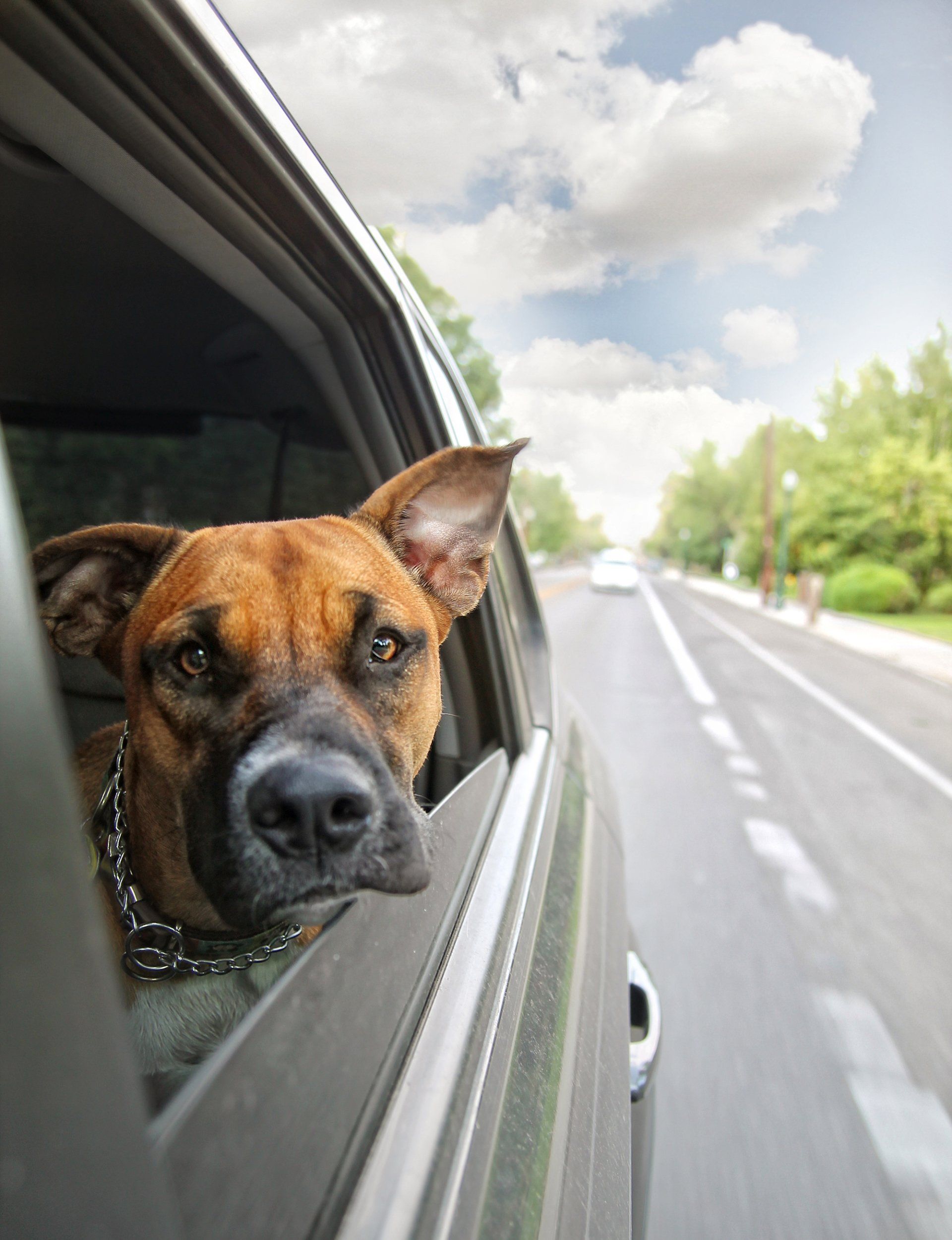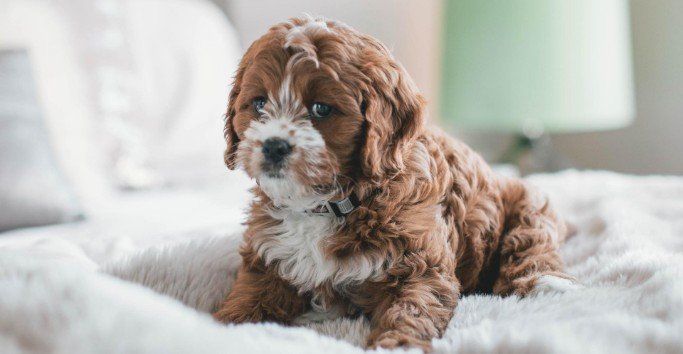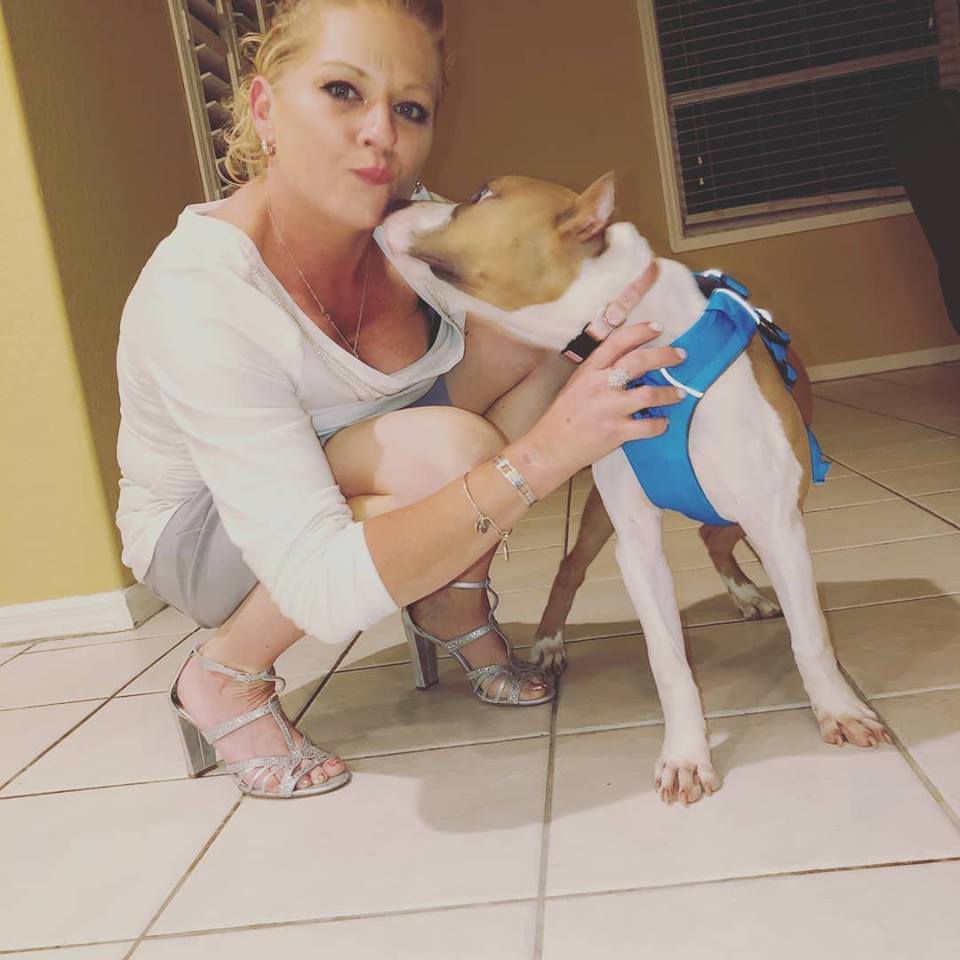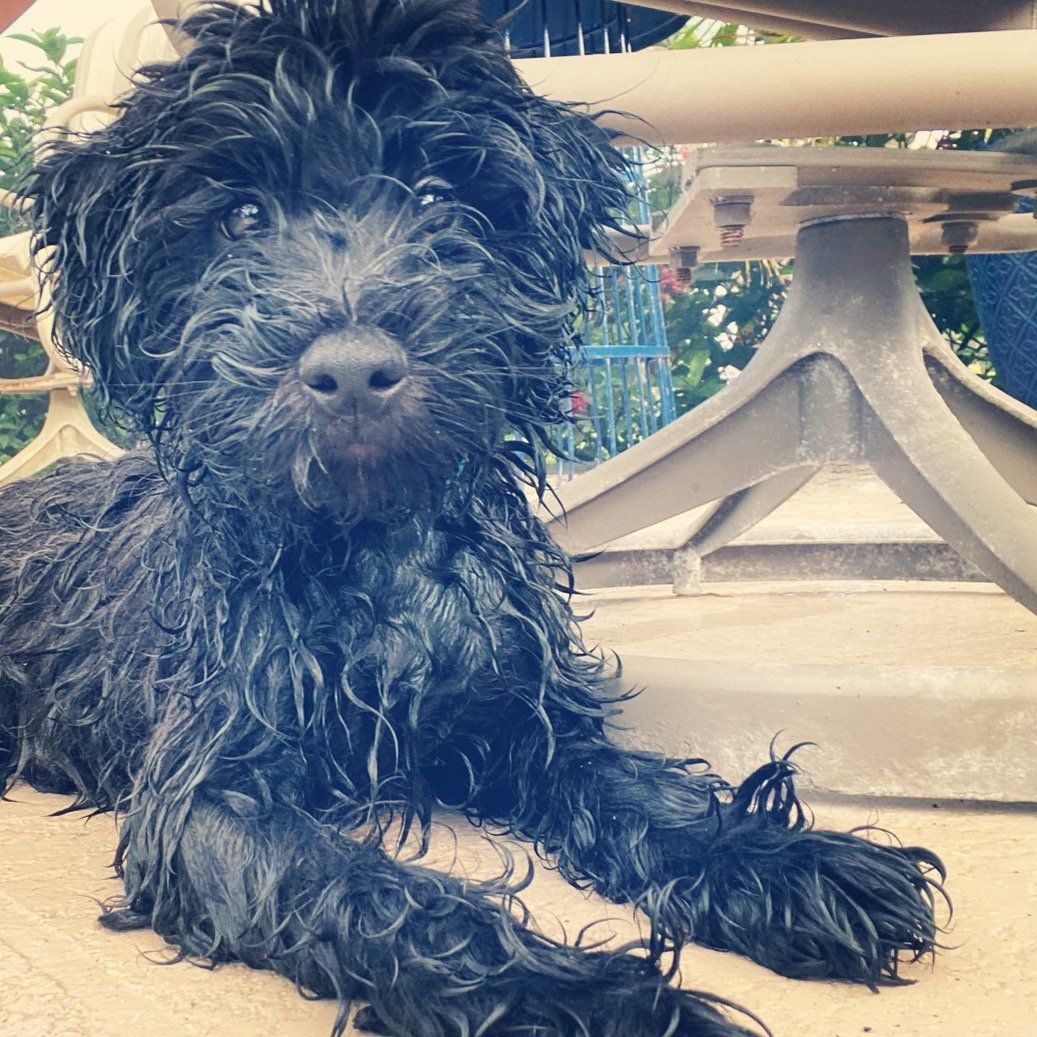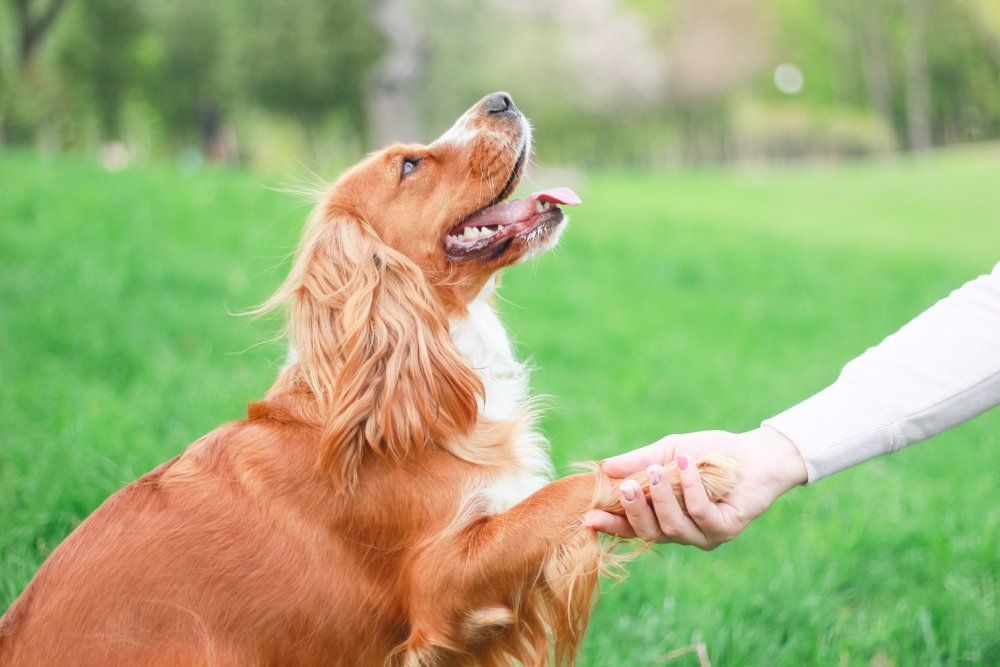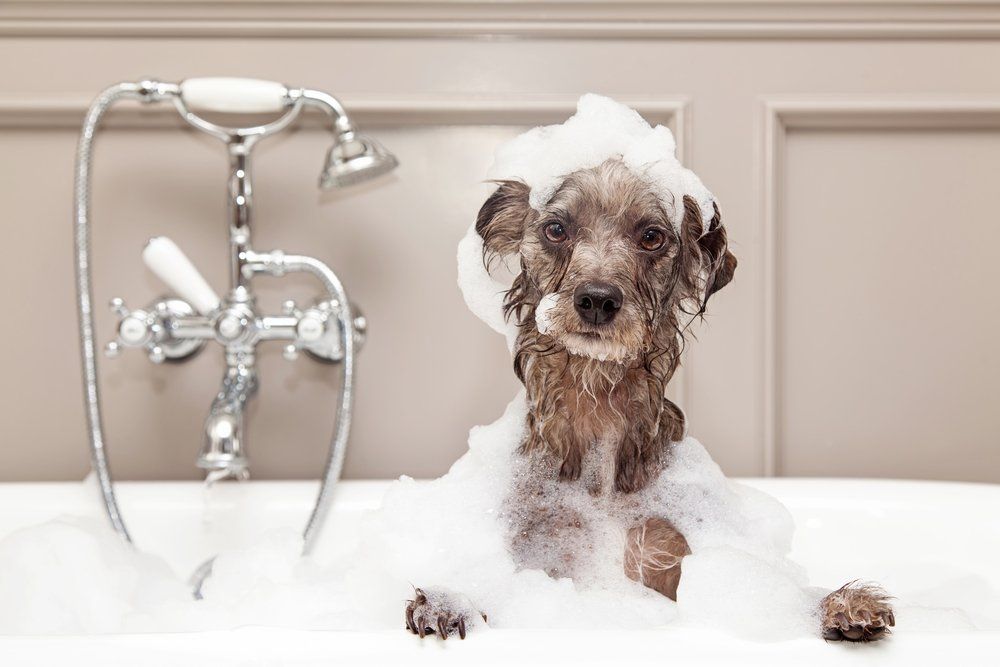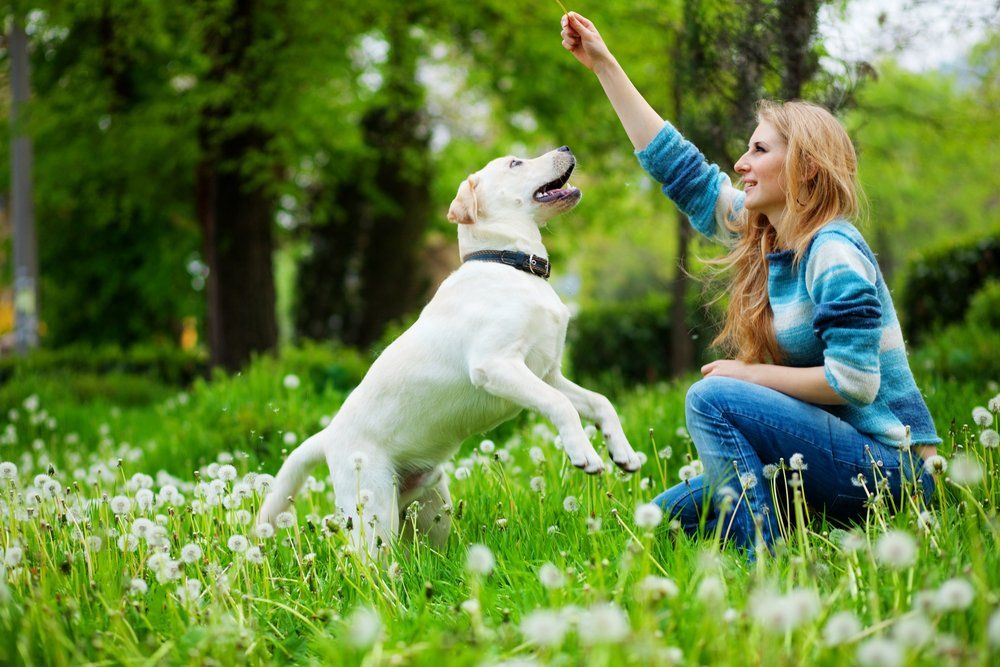August 29, 2025
Finding the best dog trainer in Naples can transform your pet's behavior and your relationship. A well-trained dog is not only a joy to have but also a safer companion. In Naples, dog owners have access to a variety of training services. These range from basic obedience to specialized behavior modification. Choosing the right trainer is crucial. It ensures that your dog receives the best care and guidance. Positive reinforcement is a popular method among top trainers. It focuses on rewarding good behavior, making learning enjoyable for dogs. Whether you have a new puppy or an older dog, training is essential. It helps in building a strong bond and understanding between you and your pet. The right trainer will tailor their approach to suit your dog's unique needs. This personalized attention can make a significant difference in training outcomes. In this guide, we'll explore what makes a dog trainer exceptional. We'll also provide tips on finding the best dog trainer near you in Naples. By the end, you'll be equipped with the knowledge to make an informed decision. Your journey to a well-behaved dog starts here. Why Professional Dog Training Matters in Naples Professional dog training is vital for both owners and their pets in Naples. It ensures dogs are well-behaved, safe, and happy. Naples offers many distractions and opportunities for dogs to exhibit negative behaviors. Professional trainers can address these issues effectively. Training not only improves behavior but also enhances a dog’s quality of life. It opens doors to socialization and new experiences. Here’s why professional training is important: ● Ensures safety in public spaces ● Increases obedience and control ● Promotes social skills with other dogs and humans Trainers understand the specific challenges of different environments. They provide strategies tailored to these unique situations. Moreover, training strengthens the bond between you and your dog. It creates a foundation of mutual respect and understanding. Incorporating training early can prevent future issues. The right trainer will guide you through challenges and help set realistic goals. Ultimately, professional dog training creates a harmonious environment in your household. It’s an investment that pays off in countless ways. Key Qualities of the Best Dog Trainers Finding the best dog trainer involves knowing what to look for. The right trainer makes a huge difference in your dog's behavior and happiness. Experience and certification are critical when choosing a trainer. This ensures they have the knowledge to handle various situations. Effective trainers possess excellent communication skills. They need to convey instructions clearly to both dogs and owners. Consider these qualities when choosing a trainer: ● Patience and understanding ● Proven success with various breeds ● Uses humane and ethical training methods Personalized attention is another key quality. Different dogs have different needs, and a tailored approach works best. Look for trainers who engage with your dog positively. Enthusiasm and encouragement can make training a fun experience for your pet. Lastly, testimonials can reveal a lot about a trainer's reputation. Satisfied clients and well-trained dogs are indicators of a competent trainer. Assess these key qualities to find the perfect trainer for your furry friend. Positive Reinforcement: The Gold Standard in Dog Training Positive reinforcement is a powerful tool in dog training. It focuses on rewarding good behavior rather than punishing bad behavior. This approach strengthens the bond between you and your dog. It's built on trust and mutual respect, resulting in a happier pet. Dogs trained with positive reinforcement learn commands more quickly. They are eager to repeat behaviors that bring rewards. The benefits of positive reinforcement include: ● Boosted dog confidence and willingness to learn ● Strengthened owner-dog relationship ● Enhanced ability to resolve behavioral issues Positive reinforcement can take many forms, like treats, praise, or playtime. The key is consistency and timing to reinforce actions effectively. Implementing this method sets a foundation for long-term success. It empowers dogs to think and act positively in various situations. Trainers who specialize in this technique often see remarkable transformations in behavior. They encourage owners to participate in the process actively. This creates a supportive environment essential for growth and progress. Types of Dog Training Services Available in Naples Naples offers a diverse range of dog training services. Each caters to different needs and preferences for dogs and their owners. Understanding these services can help you make informed choices. Basic Obedience Training: This type covers essential commands like sit, stay, and come. It's perfect for new dog owners aiming to instill good behavior early on. Specialized Training: Services such as agility, service dog, or therapy dog training fall under this category. These require a more tailored approach, often incorporating specific skill sets. Behavioral Training : This addresses specific issues, such as aggression or anxiety. It’s often recommended for dogs with a history of problematic behavior. Puppy Training: Focused on socializing puppies, this service establishes good habits from a young age. Group Classes and Private Sessions: Available for those seeking a shared community learning experience or personalized one-on-one training. Each option has its unique advantages, allowing flexibility based on schedules and learning preferences. Knowing what's available can simplify the decision-making process. Naples' range of services caters to any requirement, whether for basic obedience or specialized needs. Choosing the right training path ensures a harmonious relationship with your dog. How to Find the Best Dog Trainer Near You Locating the best dog trainer near you involves diligent research. The right trainer can make a significant difference in your dog's behavior and your satisfaction as an owner. Start by seeking recommendations from fellow dog owners. Local vets and pet stores often have insights into the reputable trainers in your area. Word-of-mouth referrals can be invaluable. Next, conduct online research. Read reviews and testimonials on platforms like Yelp or Google. Look for consistent positive feedback and specific success stories that relate to your needs. When narrowing down potential trainers, consider these key criteria: ● Certification and Experience: Ensure the trainer is certified and has extensive experience. ● Training Philosophy: Verify they use positive reinforcement methods. ● Flexible Programs: Check if they offer various training packages. ● Trial Consultation: See if they provide an initial consultation to assess compatibility. Meeting potential trainers in person is crucial. A face-to-face interaction will allow you to gauge their approach and communication style. Trust your instincts and choose someone who aligns with your goals. Puppy Training: Setting the Foundation for Success Puppy training is essential for developing good habits early. It lays the groundwork for a well-behaved adult dog. Starting young allows for easier behavior molding. Introducing a puppy to the basics like sit, stay, and come fosters obedience. Early training also helps in socialization. Puppies learn how to interact with other dogs and people. A dedicated puppy trainer is invaluable. They tailor programs to suit young dogs' attention spans. The right trainer will incorporate playful methods that keep your puppy engaged. Important components of a puppy training program may include: ● Basic Commands: Teaching sit, stay, come, and leash walking. ● Socialization: Exposure to different environments and stimuli. ● House Training: Creating a routine for bathroom habits. ● Behavioral Guidance: Addressing nipping and jumping tendencies. Puppyhood is a brief period, crucial for instilling lasting habits. With structured training, your pup gains confidence and learns to trust you. This investment pays dividends as your puppy matures into a balanced and happy companion. Group Classes vs. Private Sessions: Which Is Right for Your Dog? Choosing between group classes and private sessions depends on your dog's needs. Each option offers distinct advantages and experiences. Understanding both will guide you to the best decision for your pet. Group classes are ideal for dogs needing social skills. They interact with various personalities, enhancing their confidence. Plus, these classes can often be more budget-friendly. Private sessions, on the other hand, allow for personalized attention. Trainers can focus on specific issues your dog faces. This option is useful for dogs with behavioral problems requiring one-on-one guidance. Considerations when choosing between group classes and private sessions include: ● Socialization Needs: Does your dog interact well with other dogs? ● Behavioral Challenges: Are there specific issues needing focused attention? ● Budget Constraints: Which option aligns with your financial plan? ● Time Availability: Can you commit to fixed schedules or need flexibility? Assessing these factors helps determine which setting benefits your dog most, promoting effective learning and growth. What to Expect: The Dog Training Process Explained Dog training is a journey, not a one-time fix. Understanding the process helps set realistic expectations. Here's what typically unfolds during a training program. The first step is an assessment of your dog's behavior. Trainers observe to identify specific areas needing attention. This assessment helps create a tailored training plan. Sessions are structured to build basic commands first. Your dog will learn to sit, stay, and come through consistent practice. Over time, more complex behaviors are introduced. Monitoring progress is crucial to the process. Trainers adjust methods to suit your dog's unique learning style. Flexibility ensures ongoing improvement and adaptation. Typical training milestones include: ● Week 1-3: Basic commands and establishing routines. ● Week 4-6: Improvement in response and adapting lessons. ● Week 7+ : Reinforcement of learned commands and assessing long-term success. Each milestone signals progress and adapts to maintain momentum. Both trainers and dog owners work collaboratively, ensuring success and a more fulfilling relationship with your pet. Questions to Ask Before Hiring a Dog Trainer Choosing a dog trainer requires careful consideration to ensure the best fit. Start by asking about their training philosophy. Understanding their approach, whether it involves positive reinforcement or another method, is essential for aligning with your values. Inquire about the trainer's experience and certifications. Experienced trainers with relevant credentials often deliver better results. Their background should reflect a commitment to continuing education and evolving methodologies. Additionally, seek information about their success stories and references. Client testimonials provide insight into the trainer’s effectiveness and satisfaction rates. A reliable trainer should readily offer this information. Here's a list of crucial questions to ask: ● What training methods do you use? ● Can you provide references or testimonials? ● What certifications do you hold? ● How do you measure training success? These questions help ensure you choose a trainer who meets your needs and expectations. They also set the stage for a fruitful partnership between you, your dog, and the trainer. Red Flags to Watch Out for in Dog Training Services When evaluating dog training services, certain red flags should raise concern. Beware of trainers who rely excessively on negative reinforcement methods. Such approaches can harm your pet's well-being and affect their behavior negatively in the long run. Additionally, avoid trainers who promise overly quick results. Effective training requires time and patience to ensure lasting behavioral changes. Trainers making guarantees for rapid success may use questionable methods. Here's a quick rundown of red flags to be cautious about: ● Lack of certifications or accreditations. ● Use of harsh training tools (e.g., shock collars). ● Refusal to share client testimonials. Being aware of these signals can safeguard your dog and ensure a positive training experience. Remember, your pet's safety and happiness are paramount. Real Client Success Stories from Naples Testimonials from satisfied pet owners in Naples highlight the transformative impact of quality dog training. These stories not only showcase the skills of the trainers but also the positive outcomes for both dogs and their owners. Consider the case of a once-anxious Labrador who, after undergoing professional training, became calm and well-mannered. The owner's satisfaction was evident, describing the dog as more confident and social with others. Other success stories speak to improvements in communication between dogs and owners. For instance, a family with a high-energy puppy reported fewer behavioral issues and a strong bond formed through training. Highlights from Naples' client success stories include: ● An aggressive dog becoming sociable and friendly. ● Puppies learning essential commands with ease. ● Family pets achieving behavioral harmony at home. These narratives underline the effectiveness of experienced and dedicated trainers in Naples. Investing in the right dog training service can yield such rewarding outcomes. Maintaining Progress: Tips for Ongoing Training at Home Sustaining your dog's training progress at home is crucial for long-term success. Consistency is key; regular practice helps reinforce learned behaviors and commands. Dedicate short sessions daily to keep training effective and engaging. Incorporating training into everyday activities can make a big difference. Use walks, playtime, and meals as opportunities to strengthen commands and behaviors. Keep the atmosphere positive and rewarding to maintain your dog's interest. Here are some practical tips for ongoing training at home: ● Practice commands during routine activities. ● Use rewards and praise consistently. ● Keep sessions short but frequent. ● Stay patient and persistent. ● Monitor and adjust techniques as needed. Consistency and patience will ensure your dog continues to thrive and retain their training. Conclusion: Choosing the Best Dog Trainer Naples Has to Offer Selecting the right dog trainer is crucial for your pet’s development. The right professional can make a significant impact on your dog's behavior and your relationship with your pet. It's vital to consider factors such as the trainer’s experience, positive reinforcement methods, and client testimonials. By carefully evaluating options and asking the right questions, you can find a trainer that meets your needs. Ensuring the trainer aligns with your training goals will help foster a happy, well-behaved dog. Invest in a professional who values your pet's well-being and training success.
